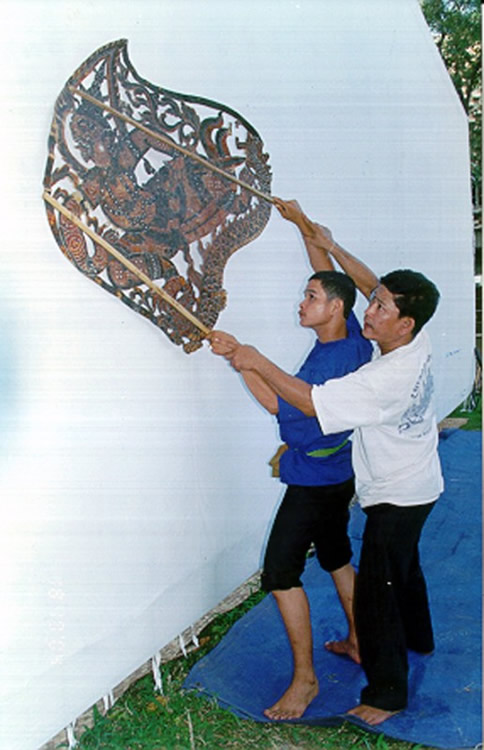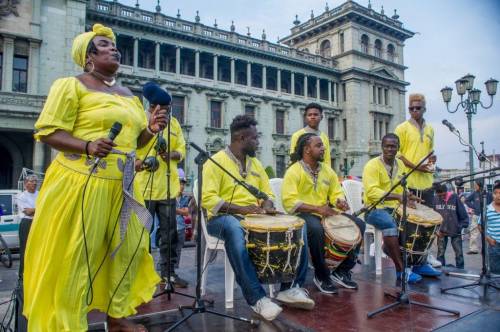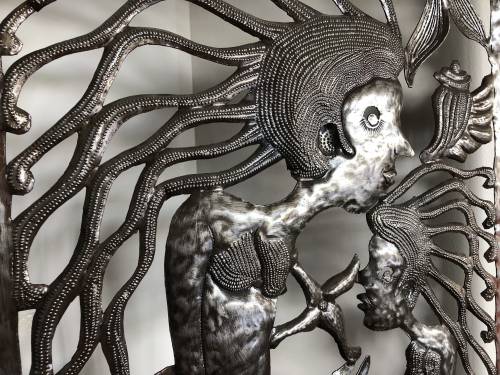Good news for communities in Asia and the Pacific who wish to keep their intangible heritage alive! UNESCO, with the generous support of Japan, will be working hand in hand with governments, civil societies and communities to ensure that safeguarding efforts in eight countries of the region (Bhutan, Cambodia, Mongolia, Nepal, Papua New Guinea, Samoa, Sri Lanka and Timor Leste) are supported and sustained.
With time running as the enormous reservoir of cultural practices, knowledge systems and rituals across the region is increasingly threatened, safeguarding of living heritage becomes ever more critical to the sustainable development of these countries concerned. Intangible heritage impacts on the sustained well-being of people, their relationships with others and their natural environment; it gives people a sense of belonging, joy and purpose. It is therefore necessary that policies, inventories and adequate institutional mechanisms be immediately put in place to ensure its safeguarding. This eight-country project is part and parcel of the global UNESCO Programme to build capacity for the implementation of the Convention around the world.
To date, some US$7 million in extra-budgetary resources have been mobilized to implement the capacity-building strategy, in addition to the Intangible Cultural Heritage Fund and the Regular Programme budget. These extra-budgetary resources were generously granted by Bulgaria, Cyprus, Flanders (Belgium), Hungary, Japan, Norway, the Republic of Korea, Spain, the United Arab Emirates and the European Union.
We invite you to explore and appreciate over 200 practices and expressions of intangible heritage already inscribed on the Lists of the Convention to learn more about the richness of this heritage and the importance it plays in our daily lives. Among them you will find, The Mongol Biyelgee: Mongolian traditional folk dance, The Sbek Thom, Khmer Shadow Theatre of Cambodia and The Mask Dance of the Drums from Drametse, Bhutan.
Project:
-
Safeguarding Intangible Cultural Heritage through the Strengthening of National Capacities in Asia and the Pacific (1 November 2011 – 1 May 2014)




